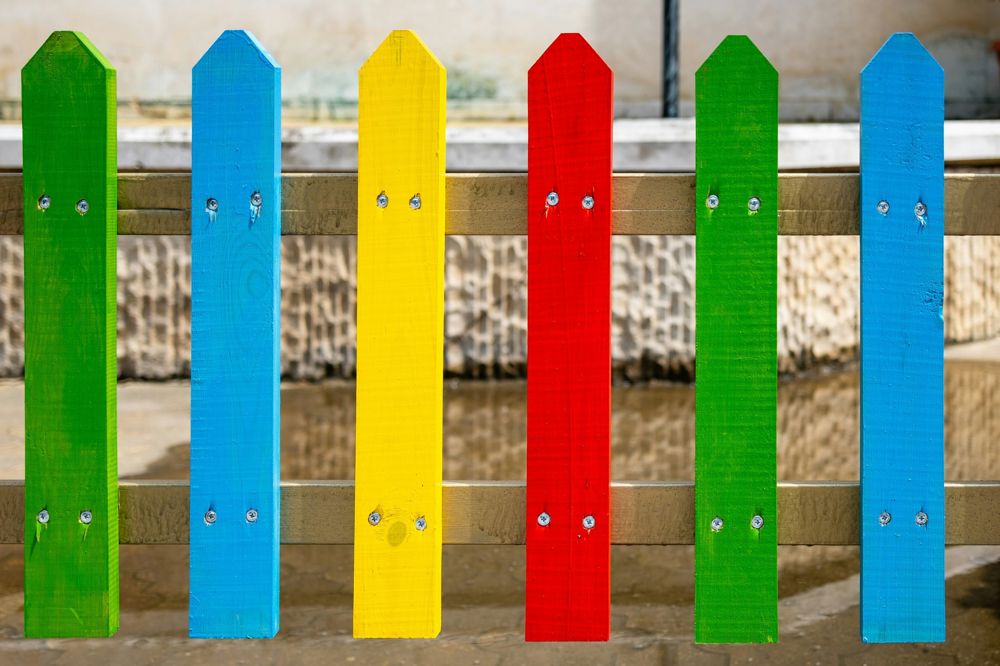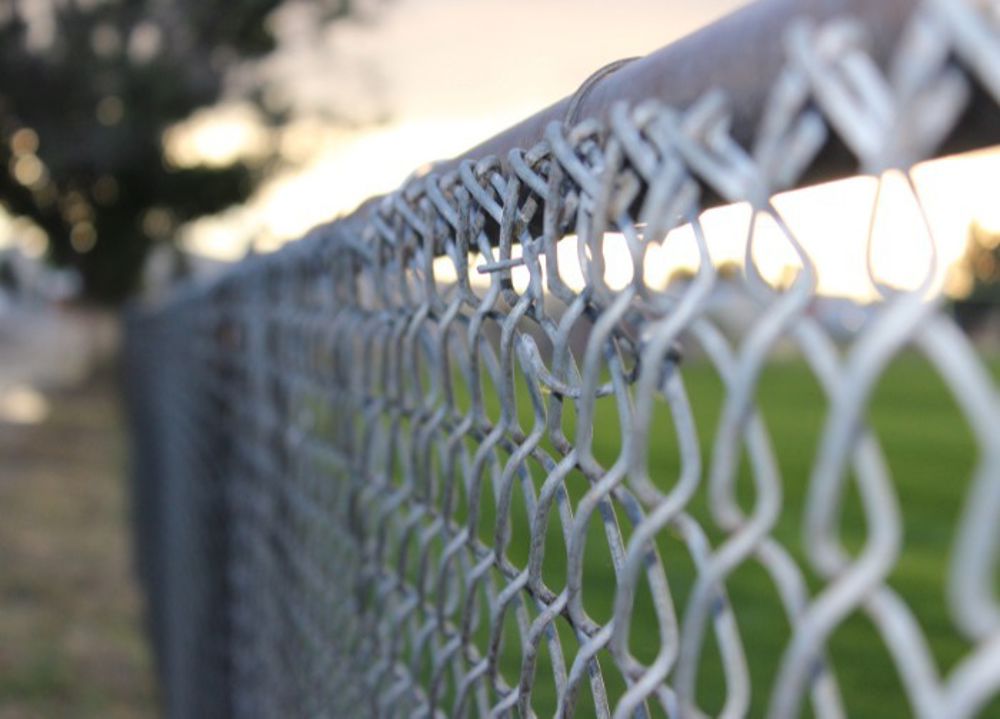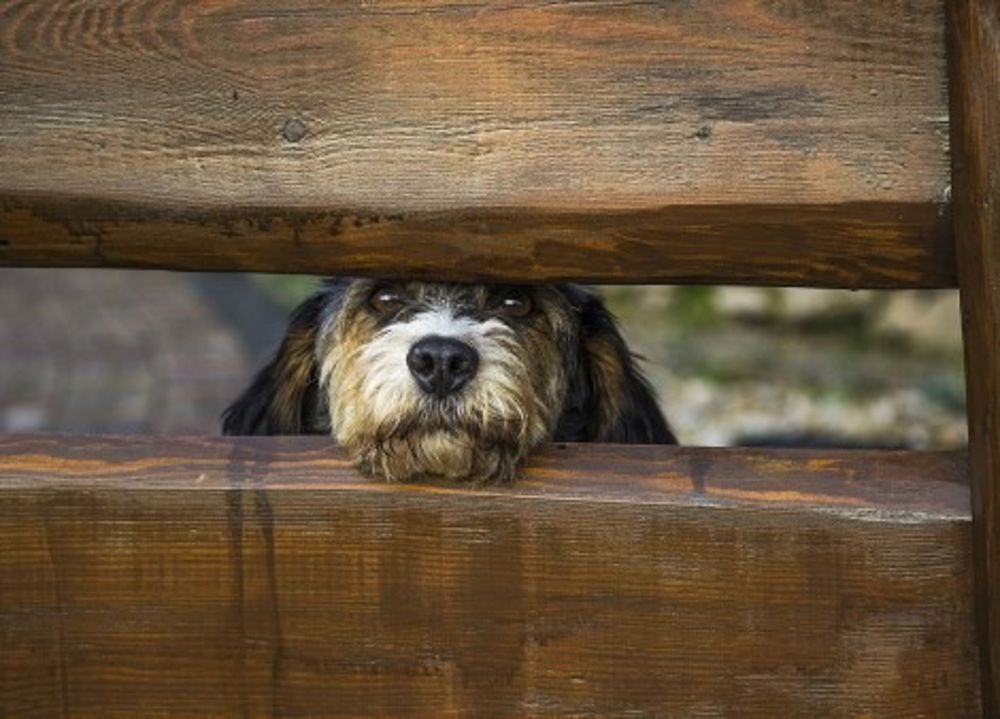A Guide to Horse Fencing: Types, Recommendations and Considerations
When fencing an equestrian property, the right kind of fence is crucial to create a safe and visually appealing environment for the well-being of your horses. Trentwood Fencing Oxfordshire supplies and installs a variety of fencing types, suitable for equestrian premises such as paddocks, liveries, ménages and racing yards.
Whether you're a seasoned equestrian or new to the world of horses, this guide will walk you through the types of horse fences available, offer tips for safe painting practices and highlight important considerations to keep your equine companions safe and secure.
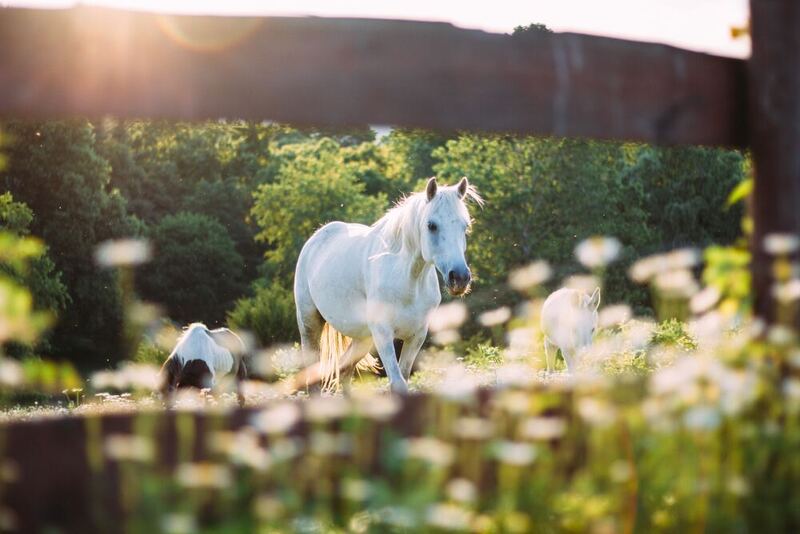
What type of fence is best for horses?
Metal chain mesh fencing
Metal chain mesh fencing is commonly used for horse enclosures and consists of timber posts and a top rail with chain mesh below. While not as visually appealing as other types, galvanised metal fencing is usually the most affordable option for horse-keepers long-term, and also relatively low-maintenance as it doesn’t require painting and is resistant to rotting.
To mitigate the risk of your horses getting their hooves trapped in the mesh and potentially injuring themselves or damaging the fence, choose a smaller mesh size for your fence.
Post and rail fencing
Post and rail fencing is a popular choice for horse-keepers looking for an aesthetically pleasing but effective fencing solution. This type of fence consists of sturdy wooden posts spaced evenly along a rail or multiple rails, creating a secure barrier and blending well into the rural landscape.
One of the main benefits of post and rail is its visibility, allowing horses to easily see their surroundings, minimising the risk of feelings of confinement. Additionally, post and rail fences are extremely safe and durable and can even withstand the impact of your horse leaning on them.
However, horses can sometimes damage timber fencing by repetitive use as a scratching post or chewing. A string of electric fencing along the top can solve this problem. It is also worth noting that this type of fence requires more maintenance compared to other options, such as occasional rail tightening or potential repairs owing to wood decay and weathering.
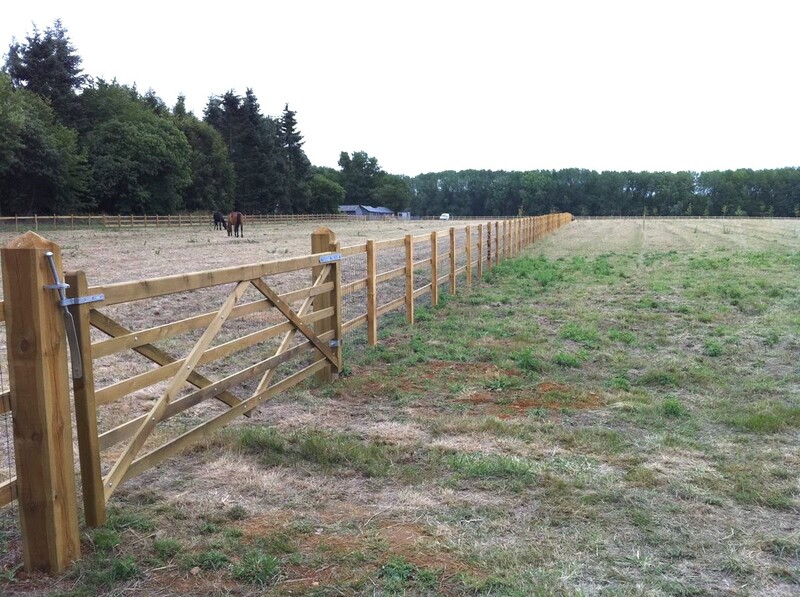
Post and wire fencing
Post and wire fencing is an attractive alternative and consists of sturdy wooden timber posts spaced at intervals, with strands of high-tensile wire running between them. Just like post and rail, post and wire fencing allows horses to perceive boundaries while still maintaining an open feel. However, a key benefit is its ease of installation and affordability.
A drawback is that the wire is more easily weakened than timber when animals lean against it, so make sure that the wire remains taut! Horses may also get caught in the wire, which could cause injuries. To make the fence more visible and prevent horses from reaching through, electric tape or a top rail can be added.
Electric fencing
While not as resilient to strong winds as timber, an electric fence is a cost-effective solution as a paddock fence, and for dividing large areas for strip-grazing. Consisting of thin electric wires insulated from the ground and powered by an energiser, the fence produces voltage at a controlled current, with a pulse every second or so. When horses encounter the wires, they receive a harmless but memorable shock, teaching them to respect the fence and stay within its boundaries.
While electric fencing is highly customisable and allows you to adjust wire height and spacing to accommodate different-sized horses and varying temperaments, one of its drawbacks is that it requires a reliable power source and is unsuitable for roadside boundaries. Additionally, horses must be properly introduced to an electric fence, and trained to respect the fence's boundaries. If you find that a plain wire is less visible to your horses, we recommend using woven tape with a post and wire stock fence instead.
How high should a horse fence be?
To avoid horses squeezing through or jumping over your fence, equestrian fencing should be at least 4.5 to 5 feet (1.4 to 1.5 metres) high. However, natural tendencies, behaviour and the specific discipline of your horse should be considered too. When dealing with larger horses or breeds known for their jumping skills, like Warmbloods or Thoroughbreds, a taller fence height of min. 5 to 6 feet (1.5 to 1.85 metres) might be necessary.
Additional precautions are also needed for fencing areas with foals, considering their smaller size and curious natures. We recommend installing a fence with a minimum height of 4 feet (1.2 metres) and small-gauge wire or mesh to prevent your foals from escaping.
Is it safe to paint fences where horses are kept?
Painting a fence where horses are kept can be safe if certain precautions are taken. Horses are curious animals and often attempt to nibble on painted surfaces, which exposes them to chemicals present in conventional paints. To avoid health issues, look for paints labelled "non-toxic" or "animal-friendly", which are formulated using natural plant or water-based ingredients and pose minimal risks to both horses and humans.
We suggest you temporarily relocate your horses to a different area before you start painting, as the fumes can cause respiratory irritation in animals. Follow the manufacturer's instructions for application, including recommended drying times, and cover adjacent surfaces, such as grass or ground, to prevent your horses from grazing on paint residues later.
Any chipping or flaking of your fence should be promptly fixed. Monitor the condition of the paint periodically and consider scheduling routine inspections and touch-ups to keep your fence in optimal condition.
Trentwood Fencing offers professional and fully insured horse fencing and can also fit timber field gates to complete your stable yard or field shelter. Call us today on 01865 863428 or 07900 938061 for more advice and a free, no-obligation quote.



